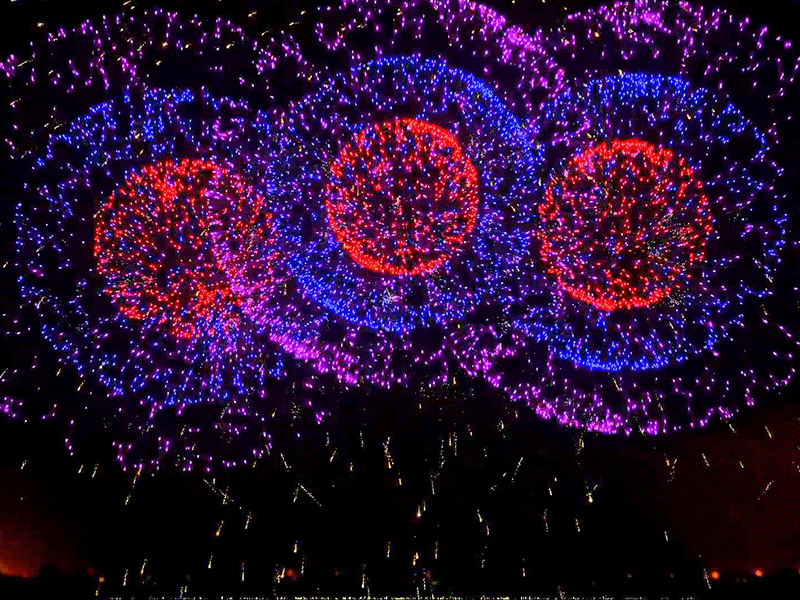


Now, select frame 1 and highlight your name. You’ll see that your name has disappeared, because the images created in frame 1 only occupy that frame of the movie: we haven’t added them to frame 2. Select Frame 2 from the Frames Inspector. This creates 5 new frames directly after frame 1, so you’ll have six frames in total. For this sample exercise use your name, and make the font size 40 pt for the first frame.įrom the Frames Properties select “Add Frames…” and add 5 more frames to the animation. Now, on the Fireworks canvas, add the first set of images that will occupy frame one. On a piece of paper sketch out the various frames you’d like to see appear in the animation (this process is called storyboarding). Planning any type of multimedia presentation always shortens the length of the project. But before we create a second frame, let’s plan the kind of animation we’ll create. The default is just 1 frame - but we can’t do a lot animation with just one frame, we must have a least two.
#Fireworks gif animator movie#
To create a new animation in Fireworks, open a new movie and set the canvas settings to 500 pixels wide by 500 pixels high. The default is 1 new frame, which appears directly after the current frame. Selecting “Add Frames…” will open a dialog box that will ask you how many frames you would like to add, and where in the movie you would like to have them appear. Frames can be added by selecting “Add Frames…” from the Frames Properties (the small arrow in the top right hand corner of the inspector). The most important tool for creating animation is the Frames Inspector, shown below.Īny animation in Fireworks must contain 2 or more frames.
#Fireworks gif animator series#
Fireworks: an Animation Toolįireworks provides a series of tools that enable an animated movie to be quickly created. Fortunately, Fireworks gives you the best of both worlds – it lets you easily create animations and then export them in the format of your choice. However, a key advantage Flash boasts is the ability to support JPEG quality images in a more compact animation. The second big win for GIF image formats is that they provide the ability to layer two or more images on top of each other to create simple animations.įlash offers the user many of the same features as GIF, and while it can support animation, it doesn’t allow for color transparency in the Web browser. This provides the illusion of irregularly-shaped images such as buttons. However, GIF images support two key features that make this format very amenable to use on the Web: transparency and animation.Ī color from the GIF color palette can be elected to be transparent in the Web browser. Unlike JPEG images, which support a photo-realistic color spectrum, GIF images only support 256 colors, the most basic color spectrum for Web browsers. GIF animation achieved mainstream adoption when Netscape included it in the Navigator 3.0 browser (quickly followed by Microsoft with Internet Explorer 3.0).


 0 kommentar(er)
0 kommentar(er)
